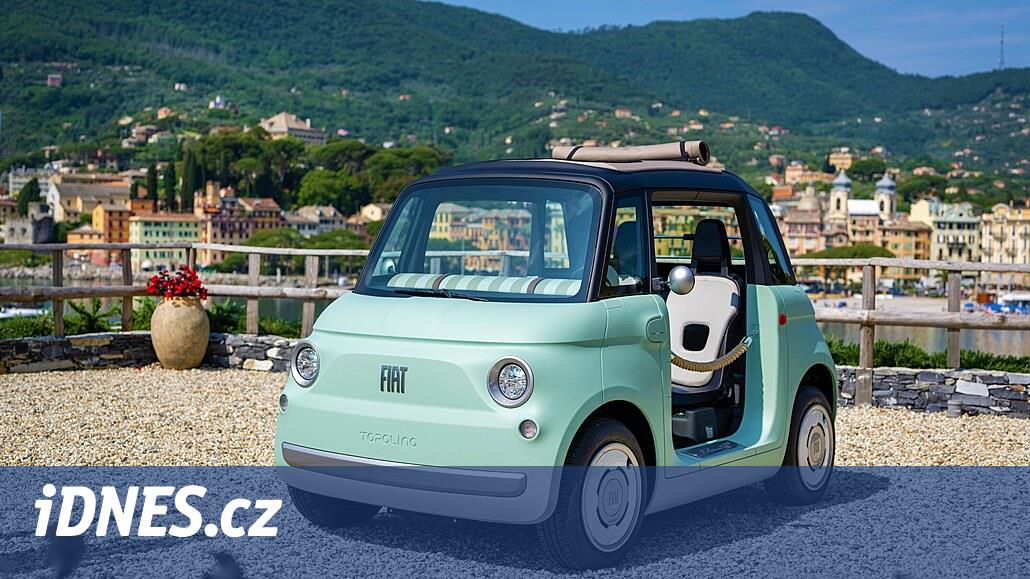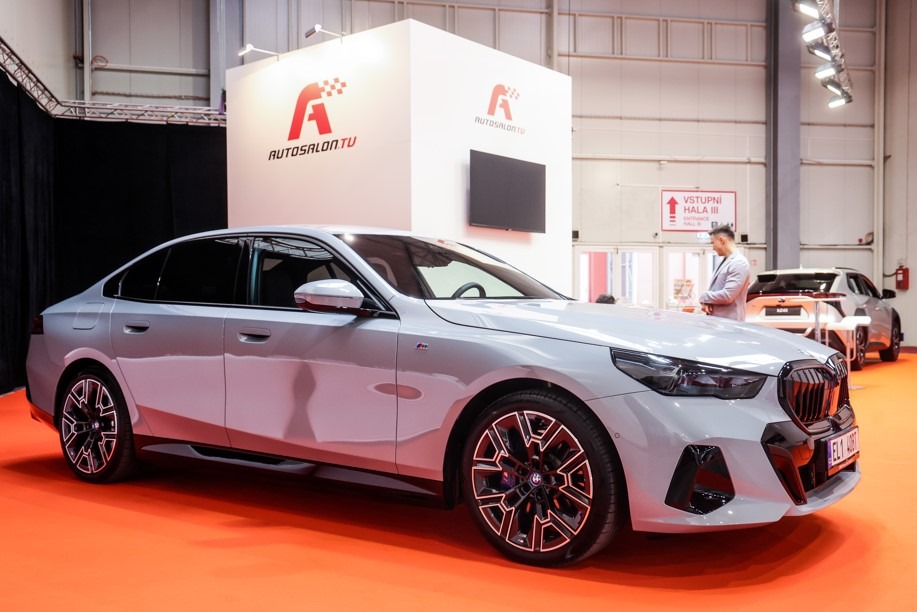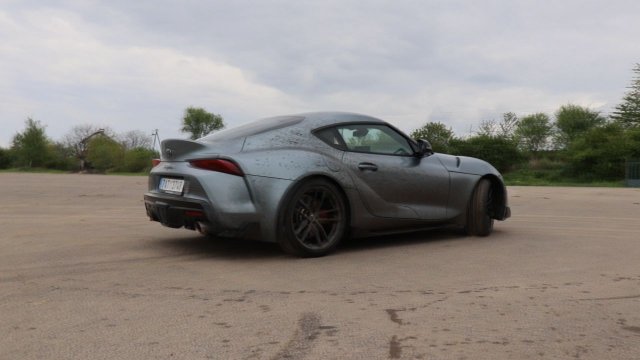“With Fiat Topolino, another brand from the Stellantis concern received a two-seater vehicle with an electric drive for urban mobility, reaching a top speed of 45 km/h,” sums up all the highlights about the new product that Fiat has demonstrated so far. in one photo, Autoweek Magazine. This micro car that you can drive in a number of countries from the age of 15 without a driver’s license has a continuous output of 6 kW (8 hp) and a maximum output of 9 kW, which is 12 hp. 5.5 kWh capacity should be sufficient for 75 km, up to 45 km/h maximum. The battery charges in four hours from a home socket.
Italian motorized Fiat Topolino eighty years ago, now the famous name is back. And unlike its famous predecessor, which was a full-fledged car, it’s actually a four-wheeled scooter.
The Italians are certainly proud of their automotive history, but as the automotive declined and driving fell out of vogue (besides growing annoying due to tighter restrictions), alternatives began to appear that had individual mobility after being replaced.
“The new Fiat Topolino has a familiar and evocative name that once paved the way for urban mobility. Its mission today is to pave the way for sustainable urban mobility,” the Italian automaker summarizes the mission of its new product. “Topolino is designed for cities, aiming to offer mobility and freedom even to the youngest customer groups.” To be clear: The modern Topolino is not a Fiat creation , we can easily detect in it the CItroën Ami, a strange car super-simple approach that mutates to another brand of the Stellantis concern – we also already knew about it in Opel’s presentation as the Rocks model.
The new Topolino is an electric car. “This represents the next step on the brand’s path to electrification,” said Fiat. Therefore to add five hundred mains and other upcoming models in sockets.
Citroën Ami on the streets of Paris
“The fully electric Fiat Topolino is poised to contribute to the expansion of urban electric mobility and offers all the optimism of its name in an accessible and fully electric version,” commented the automaker.
The new Topolino draws on several design elements from the first Fiat 500, the embodiment of the Italian automotive icon, the car that powered the country during the post-World War II boom. And the new product continued the legend with its name – the “five pieces” were given the popular nickname “topolino”, that is, mice. The car, produced between 1936 and 1955, was supposed to be the messenger of mobility to everyone – then, in an age of human fascination with technology, the developed world moved from carriages and motorcycles to automobiles. Today, under the same slogan, Europe plans to switch to the poplar, which is actually far from being a full-fledged car.
However, Italians try to look at the new Topolino optimistically, in the words of Fiat, it must “perfectly embody the spirit of the Italian brand. Its goal is to make people smile, bringing to the city streets a new concept of dolce vita, which includes joy, optimism, and fun. This new model is a new electric mobility product designed for the general public, including the youngest customers, families and city lovers. It is perfect for cities and people looking for sustainable and fresh mobility solutions”. Dolce Vita, or The Sweet Life, is now a cult film by Federico Fellini from 1960, depicting the luxurious life of the cream of Rome’s banal – but generally the term is used for the carefree Italian lifestyle.
“Topolino caters to the younger generation and goes beyond mobile devices. Thanks to its captivating design, it will make young people fall in love with cars again. In addition, the new Fiat Topolino will play a socially active role in promoting electric mobility in cities and a special role in creating personal mobility solutions for the whole family,” explains the brand.
It can also be summed up less optimistically: the modern Topolino has an advantage over public transport only in that you are not cramped in it with unfamiliar fellow passengers, but only with one passenger. You won’t get caught in the rain like you would on a scooter, but since it doesn’t have doors, you might still get splashed. The question is how much thought the creators put into safety when replacing the door with ropes, but given the minimal top speed, they probably thought it shouldn’t be a problem. So let’s sum it up: a small car that does little to protect against inclement weather, but lacks the practicality of a scooter, so it won’t drive through congested streets anyway. Did the makers really think it was going to be a big hit?

“Unapologetic social media guru. General reader. Incurable pop culture specialist.”







